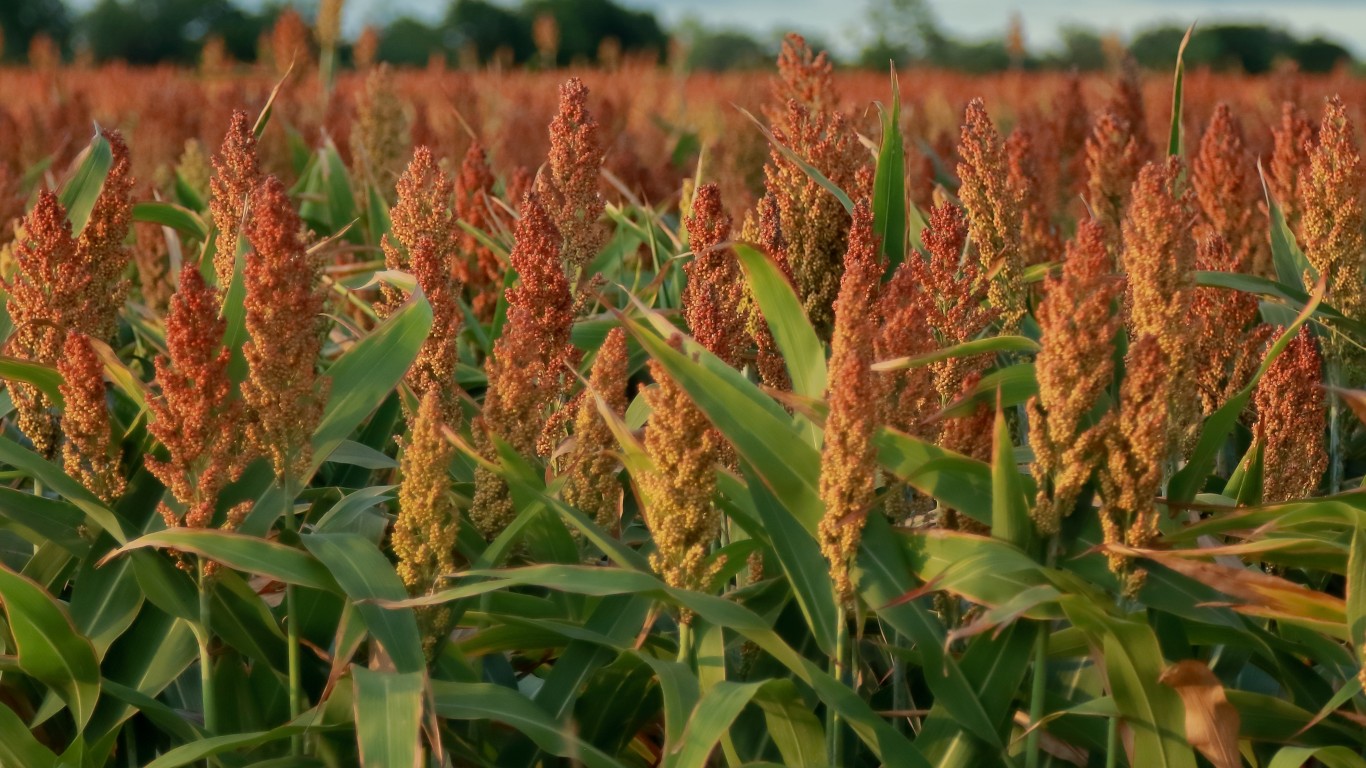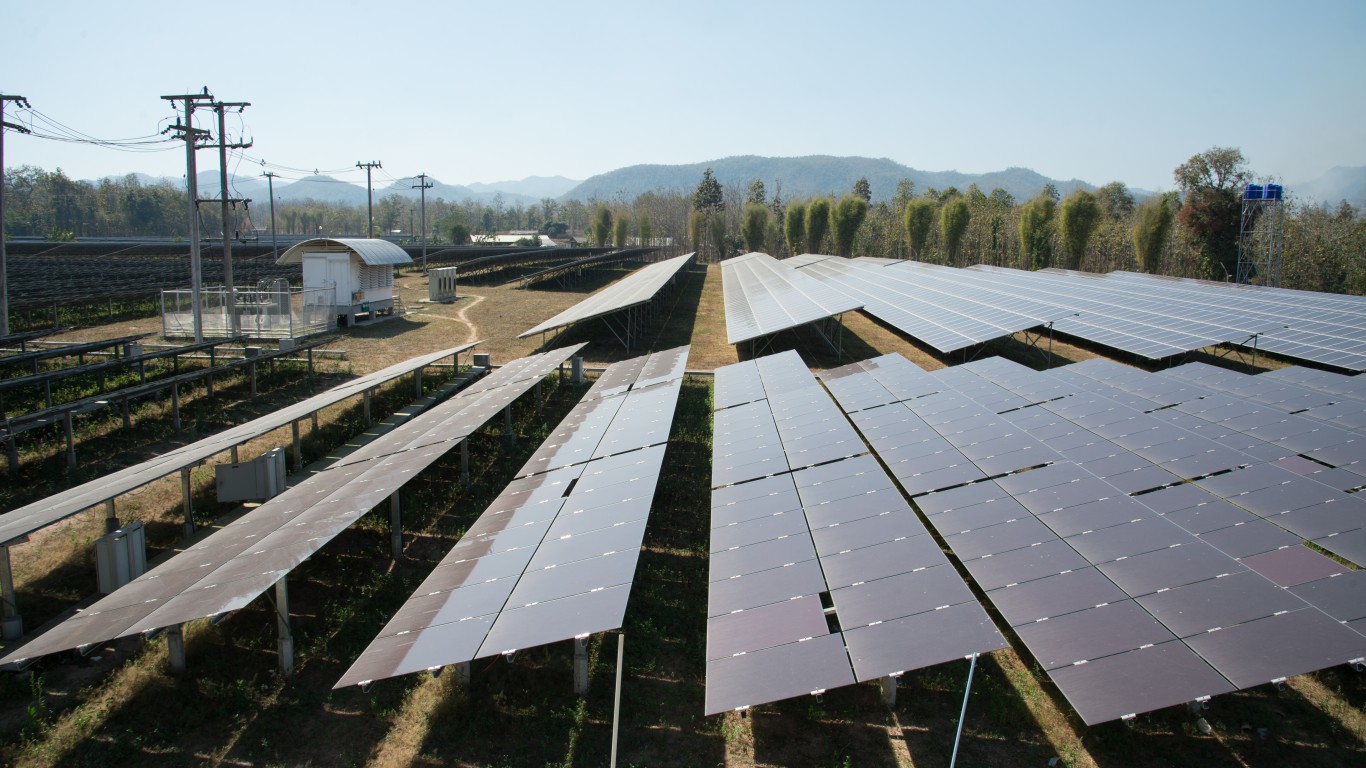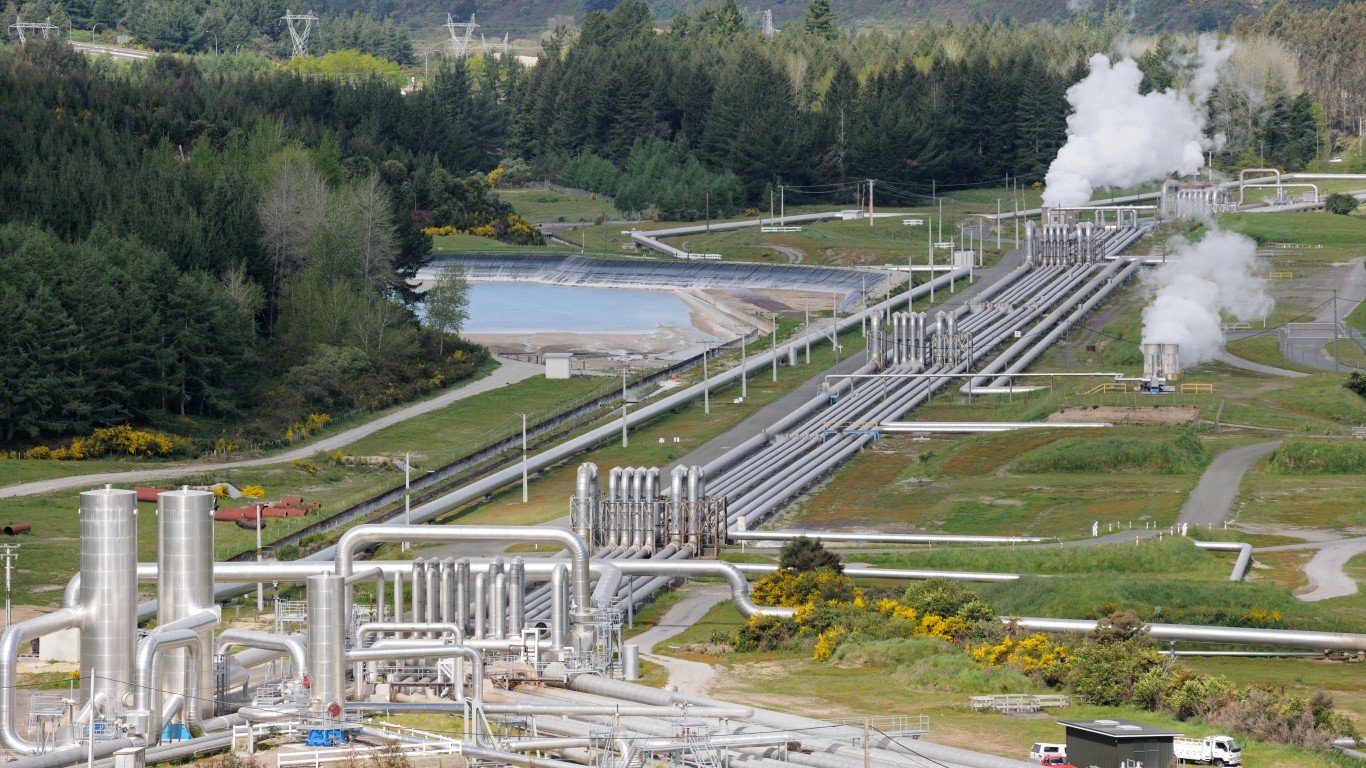
11. Other ethanol/non-woody biomass
> Clean energy jobs growth 2017-2020: -3.13%
> Clean energy jobs growth 2017-2019: 3.04% — 5th lowest
> Employment 2017: 20,083 — 7th lowest
> Employment 2019: 20,694 — 7th lowest
> Employment 2020: 19,455 — 8th lowest
Ethanol from biomass is a high octane fuel used to supplement gasoline. While corn is used in 98% of the ethanol production in the U.S., corn ethanol was not included in E2’s clean jobs numbers because of other environmental issues associated with the use of corn. The remaining ethanol comes from sorghum, switchback grass, and miscanthus.
The decline in ethanol industry jobs during the pandemic is directly related to lockdowns and the reductions in vehicle miles traveled. Two opposing trends will impact the future of ethanol as a fuel and a source of jobs. On the one hand, government regulations and vehicle flexibility are allowing for increased percentages of ethanol in gas (the norm is currently 10%), on the other, the world is slowly turning away from gasoline-powered cars.

10. Low-impact hydro
> Clean energy jobs growth 2017-2020: -2.43%
> Clean energy jobs growth 2017-2019: 6.70% — 10th lowest
> Employment 2017: 11,531 — 2nd lowest
> Employment 2019: 12,304 — 3rd lowest
> Employment 2020: 11,251 — 3rd lowest
Future development of low-impact hydropower faces multiple challenges, such as finding and preparing candidate waterways, modifying plans to meet local objections, and justifying the high cost of design, construction, testing, and environmental mitigation. For hydropower to be environmentally acceptable and cost-effective, the industry will require a skilled workforce to deliver innovation, technological advances, and new materials.

9. Other grid modernization
> Clean energy jobs growth 2017-2020: -1.60%
> Clean energy jobs growth 2017-2019: 8.87% — 8th highest
> Employment 2017: 18,482 — 5th lowest
> Employment 2019: 20,122 — 6th lowest
> Employment 2020: 18,187 — 6th lowest
Smart grid and microgrid innovation will eventually replace the aging grid that carries power to our homes, institutions, and businesses. In the interim, repairs and improvements will begin to modernize electricity distribution and the more than 19,000 generators, 55,000 transmission substations, and 7 million miles of lines on which we currently rely.

8. Natural gas vehicles
> Clean energy jobs growth 2017-2020: 0.32%
> Clean energy jobs growth 2017-2019: 4.38% — 7th lowest
> Employment 2017: 12,338 — 4th lowest
> Employment 2019: 12,878 — 4th lowest
> Employment 2020: 12,377 — 4th lowest
Natural gas vehicles run on methane, the cleanest burning fossil fuel, or on biogas — methane’s renewable look-alike, derived from biomass. There are millions of natural gas vehicles on the road, from passenger vehicles to trucks and buses, but they are mainly in China, Iran, India, Pakistan, and Argentina. In the United States, they have not caught the public imagination and exist mainly in bus fleets. Recent growth is partially as a result of corporations, such as Waste Management and UPS, replacing diesel trucks with natural gas truck fleets.
Though they have made limited inroads in replacing some of their dirtier and costlier gasoline-powered counterparts, natural gas vehicles can be viewed as transitional, helping to move us closer to a carbon free, all electric future.

7. Geothermal
> Clean energy jobs growth 2017-2020: 0.92%
> Clean energy jobs growth 2017-2019: 10.91% — 5th highest
> Employment 2017: 7,929 — the lowest
> Employment 2019: 8,794 — the lowest
> Employment 2020: 8,002 — the lowest
Even with impressive pre-pandemic job growth, geothermal is not at all impressive in the number of people it employs. Still, as the quest for green, non-fossil fuel energy builds, geothermal will require a growing — though still relatively small — workforce of scientists, engineers, drillers, and roustabouts.

 24/7 Tempo
24/7 Tempo




